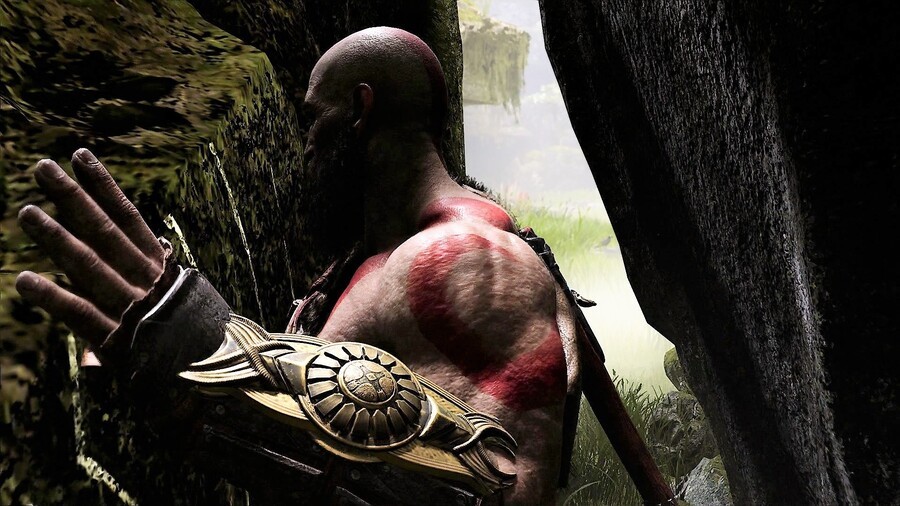
Back when Sony first announced the PS5, with its uber-fast SSD, it was believed that the device would do away with disguised loading screens. This was ultimately demonstrated effortlessly by Ratchet & Clank: Rift Apart, where the titular duo were quite literally sent hurtling through portals, with the environment transforming on the fly.
Some of the early God of War Ragnarok previews have fans frustrated, however. With the game available on both PS5 and PS4, some sections of the media have pointed to slower paced moments, where you need to squeeze through cracks in walls in order to progress. For the longest time, average players have believed these to be disguised loading screens.
A tweet from journalist Gene Park, coincidentally referencing an old Push Square headline, has sparked some insight from game developers, however. Kurt Margenau, a game director on The Last of Us: Part 2, explained: “We used squeeze-throughs to valve the player in to prevent them from going backwards, and boosts are for preventing you from leaving the combat space before everyone is dead,” he said. “Buddy can’t boost if they’re busy shootin’.”
He added: “Of course, any time you’re preventing the player moving forward or back, you are helping with loading. Any valve means you can dump the level behind and start loading the level ahead. But only after the squeeze is finished. So for us a squeeze-through is more for dramatic effect, wanting to close you in real tight before popping you out into an open space, or guaranteeing you’re entering the next space from an exact angle.”
Grant Parker, a former Rise of the Tomb Raider developer, added: “Squeezes were almost never used to load things ahead of them. Pacing, tone, back-gating: yes. Loading, I can only think of one example of maybe 100 placed.”